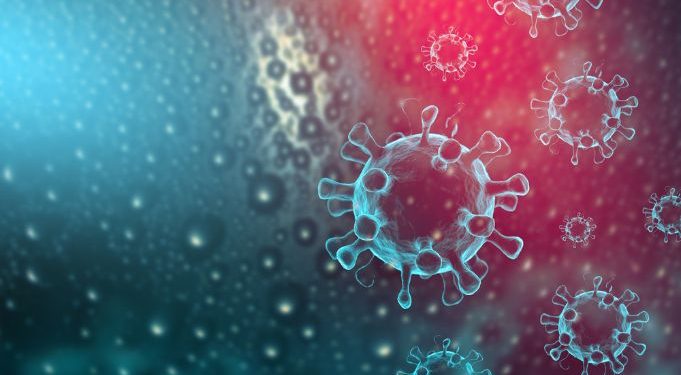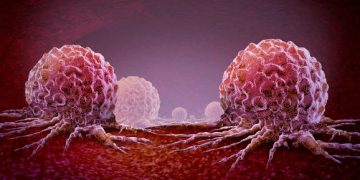Symptoms of viral diseases vary by the type of virus that causes the infection. They may include fever, cold and cough, body aches, fatigue, nausea, vomiting and diarrhea. The symptoms of a virus-caused disease are usually present for the duration of the illness.
Viruses are tiny infectious agents that invade cells in the body and use components of those cells to help them multiply. They’re made up of a piece of genetic material (usually RNA or DNA) that’s enclosed in a protein coat.
Viral infections are spread or transmitted through many ways, including coughing, sneezing and touching contaminated surfaces or objects. They can also be transmitted by contaminated blood, through sexual contact and through the bite of an infected insect or animal.
They cause a wide range of ailments, from the common cold to the more serious HIV/AIDS and herpes infections. Some of them are curable while others can be life-threatening or last for years.
Respiratory viruses affect the nose, throat and lungs. They can cause a cold or sinus infection, pneumonia and influenza.
Other viruses can cause problems in the gastrointestinal tract, such as gastroenteritis, and a skin infection called herpes zoster or shingles. They can also cause a condition called laryngitis, which is inflammation of the voice box and upper airways in adults and children.

Some viral diseases, such as hepatitis B and C, can cause chronic illnesses that are hard to treat. These can be mild and short-lived, but they can also lead to liver damage or liver cancer.
The best way to tell if you have a viral infection is to consult your doctor. He or she will listen to your medical history and perform a physical exam. If needed, tests of blood or a biopsy of the infected tissue may be done.
If you have a severe respiratory infection, your doctor can prescribe medication to make breathing easier. The medicine will not cure the infection, but it can relieve your symptoms and prevent the virus from spreading to others.
Unlike bacteria, which can only survive without a host, most viruses are specific to certain types of cells. They can attack the liver, the respiratory system, or blood cells.
They can also cause infections of the brain, such as encephalitis. Encephalitis can progress to other diseases, such as meningitis. The most severe complication of viral encephalitis is permanent brain damage in young children and adults.
Most people recover from viral diseases on their own, but they should seek prompt medical care if symptoms become serious or last longer than usual. Those at risk of complications include the very young and the elderly, those with weakened immune systems, and those who have been exposed to certain sexually transmitted diseases or who are infected with an HIV virus.
Treatments for viral diseases often include using over-the-counter medications to reduce the pain and fever, and resting until symptoms go away. Some doctors may prescribe drugs to help the immune system fight off the virus, such as Tamiflu.









